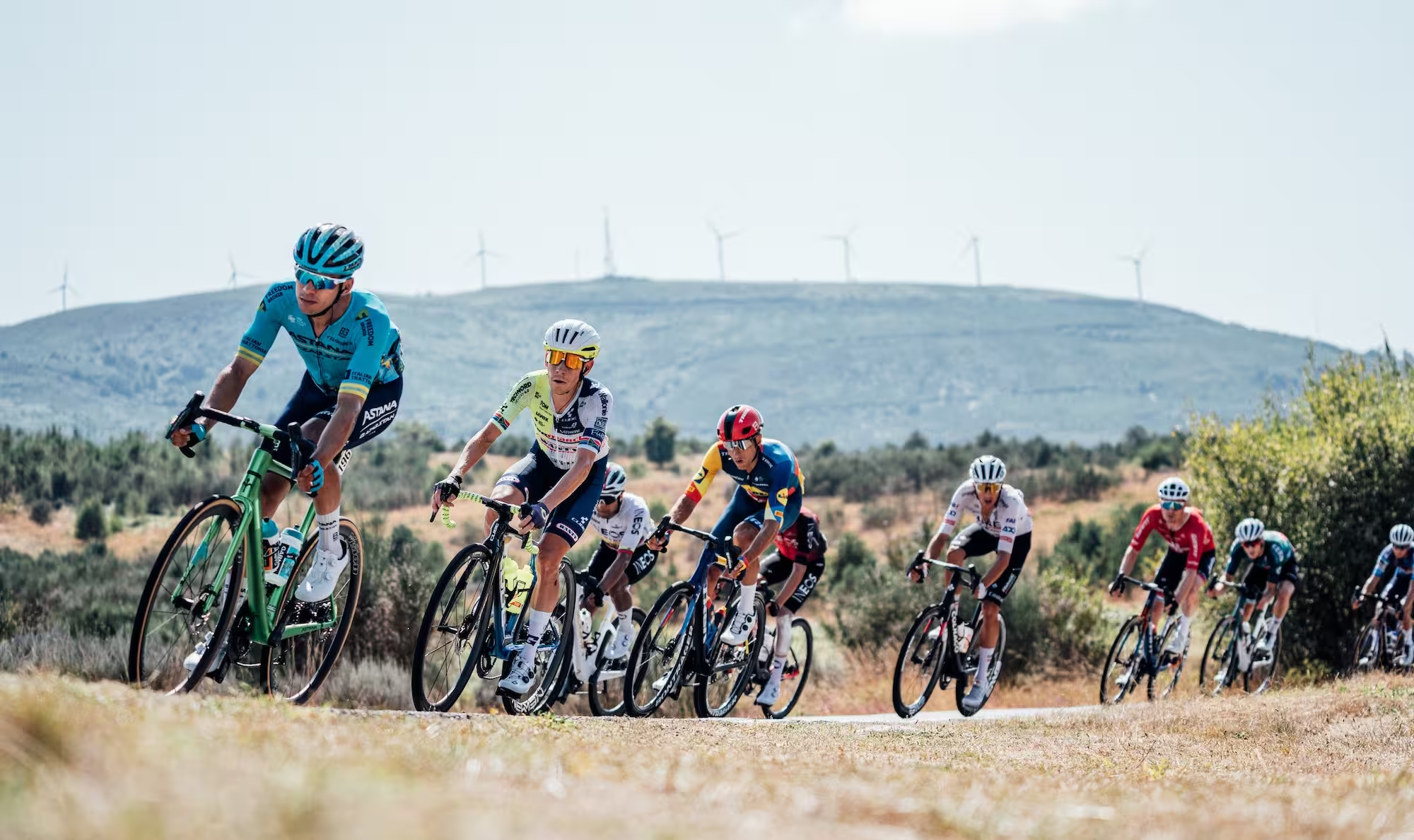Date: Saturday 31 August, 2024
Distance: 200.5km
Start location: Villafranca del Bierzo
Finish location: Villablino
Start time: 12:25 CEST
Finish time (approx): 17:16 CEST
Located in the northwest of Castile y León is the winegrowing region of Bierzo. Cooled by the Atlantic Ocean to the west and sheltered by the Cantabrian Mountains to the north, this area has a hospitable climate for vineyards to flourish, where red wine from the Mencia grape variety is grown. The soil, too, is distinguished by its predominance of slate and granite, which gives the wine a distinctly mineral character compared with other wines grown in Castile y León. Designated a protected DO status in 1989, Bierzo wines have become increasingly popular around Spain, especially since the popular winemaker Alvaro Palacios began growing their own variety here.
Stage 14 of the Vuelta a España will begin in Villafranca del Bierzo, a small town within this wine region. Having first been occupied by pilgrims on their way to Santiago de Compostela in the ninth century, French pilgrims began to settle here, giving Villafranca its name (which translates as ‘French town’). A monastery of the French Cluniac order was established here in 1070 to cultivate wine, and some of the mediaeval architecture from that time survives today.
The riders will head out from the vineyards of Bierzo and up towards the southern slopes of the Cantabrian mountains for another stage of climbing. The first of the day’s two climbs, the category three Puerto de Cerredo, is officially only 7km long, but pretty much all of the 95km that precede it is gently uphill, which will slowly wear at the riders’ legs. They’ll have time to recover on another long, shallow 60km descent, which takes them to the foot of the final and most difficult test of the day, Puerto de Leitariegos.
Puerto de Leitariegos has been assigned a category one rating on account of its length rather than steepness. In keeping for a day that’s all about endurance (the only stage of the race to exceed 200km), it is a steady climb that rises relentlessly for 23km, never above 7%, but only rarely dipping beneath 4%. These aren’t the gradients that will ignite GC attacks, but could catch someone out if they’re on a bad day.
If there is to be GC action, it might occur on the descent rather than the ascent. After cresting Puerto de Leitariegos, the riders will plummet downhill for about 13km before the road levels out for…

